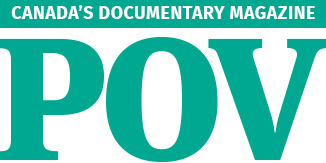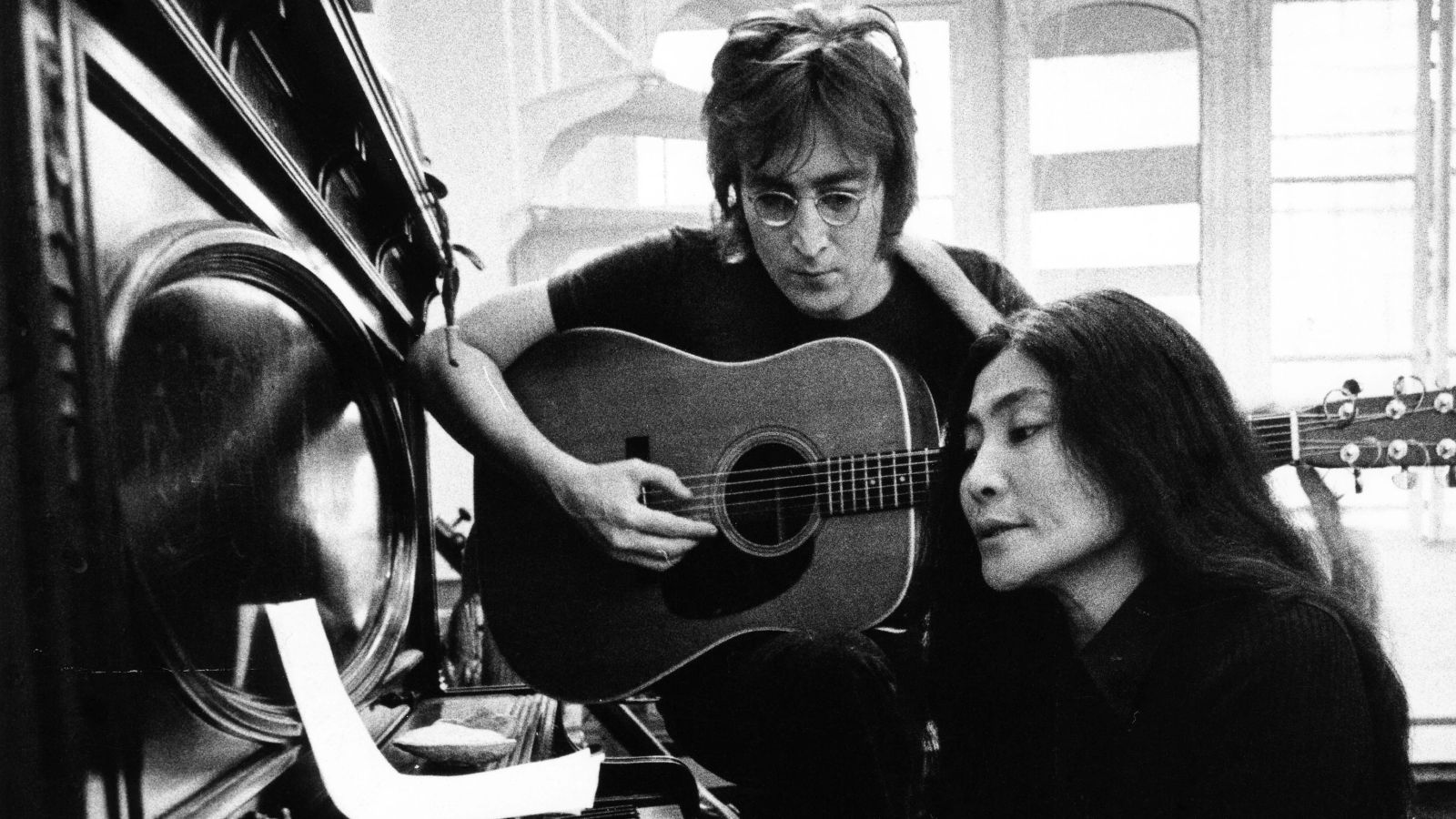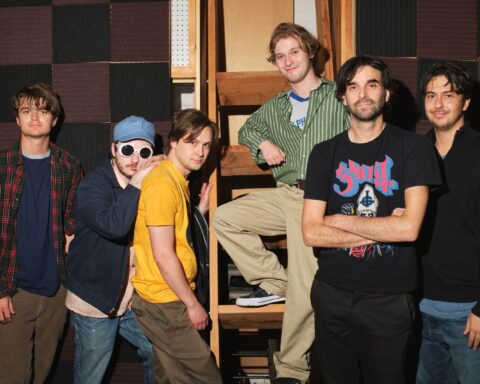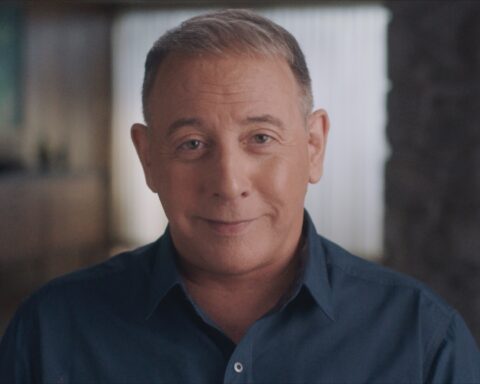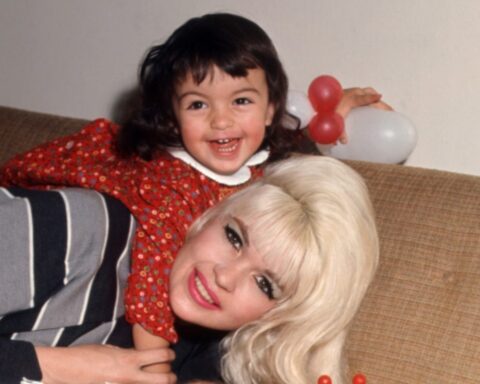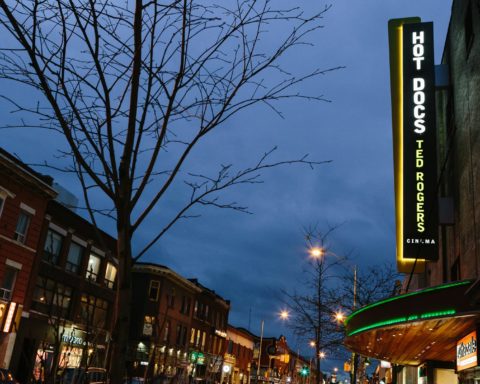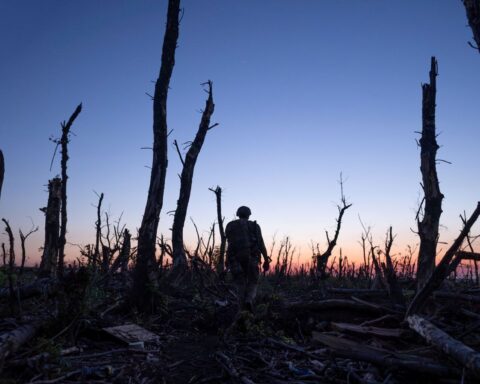One to One: John & Yoko
(UK, 101 min.)
Dir. Kevin Macdonald, Sam Rice-Edwards
John Lennon lived approximately 21,125,085 minutes between his birth at 6:30 PM on October 9, 1940 and his death at approximately 11:15 PM on December 8, 1980. There’s inevitably some margin of error there given Lennon’s travel, give or take a few minutes lost or gained across time zones. One has to wonder at this point, however, if the famed Beatle has enjoyed more lifetime as a film subject.
The 44 years since Lennon’s death have yielded an astonishing number of documentaries about the Beatles, collectively and individually. For their relatively brief period spent working together, seemingly every inch of their public and private lives has been documented, examined, restored, and documented again. Beatlemania never dies, but one’s interest in it may have an expiry date.
The latest doc in the Beatles cinematic universe is One to One: John & Yoko. It’s a rather lovely film, if a familiar one. The Beatles movies are all a blur at this point.
Oscar winning director Kevin Macdonald (Marley) and director/editor Sam Rice-Edwards (Meet Me in the Bathroom) hone in on the love story of John Lennon and Yoko Ono to give this portrait a relatively fresher take, although by no means a new one. The doc features beautifully restored footage of the duo’s One to One concert—reportedly the only full concert they did together. Performances from the 1972 show weave throughout the film and form a quasi-concert doc structure with the music overlaying a collage of home movies, behind the scenes takes, and archival potpourri from the era.
On one hand, One to One refreshingly bucks the mode of a straightforward concert film. The filmmakers know that these performances don’t exist in isolation and they use a wealth of material at their disposal to illustrate how Lennon and Ono spoke to a generation. Images from the Vietnam War figure prominently, as do demonstrations at the Republican National Convention. There are snippets of the Attica saga, of Richard Nixon campaigning, the iconic footage of George Wallace getting shot, poetry readings by Allen Ginsberg, and other benefit shows that Lennon and Ono supported, or evidence of causes they championed.
Sandwiched between all the images is a series of audio recordings. These phone calls between Lennon, Ono, journalists, managers, bookers, and other colleagues chronicle the One to One story. Lennon tells his manager that he thinks the fuzz tapped his phones. Audiences can listen to the clicks that interrupt the calls and decide if Lennon’s perceptive or paranoid. Meanwhile, an amusing bit features Ono’s assistant calling people to procure thousands of flies for a photo shoot. The task runs throughout the film and one can only imagine the FBI listening in and assuming the lingo is code for a massive protests. Images from Ono’s shoot later confirm that the convo indeed pertained to insects.
One to One also gives fair airtime to Ono so that she’s not merely arm candy or a disruptor in the Beatles’ narrative. Archival interviews include her perspectives on art, love, politics, and family. She also voices her take on Lennon’s creative life pre-, during, and post-Beatles. Watch as interviewers constantly pivot to Lennon, though, and the film gives a fair sense that Ono couldn’t shake the narrative that blamed her for the Fab Four’s breakup.
The hodgepodge of archival material contextualizes the One to One concert, but it also carries a sense of randomness as if one’s simply cobbling together the scraps of a story to make yet another Beatles movie. More of it plays like filler, including the old commercials for processed foods and other markers to remind people about 1970s’ consumerism.
Eventually, after charting the couple’s history of activism, a reel about Willowbrook Hospital enters the story well after an hour. The doc shows upsetting footage of the hospital for children with mental and developmental disabilities. Politically incorrect lingo on the archive tells a heartbreaking story of kids abandoned and neglected. Eventually, it becomes clear that the One to One concert serves as a fundraiser for Willowbrook. Lennon and Ono use their mix of art and activism to raise money for each child at the hospital to receive adequate care. The mission builds upon the storyline of Ono desperately searching for her daughter, and the family she built with John. (Their son Sean serves as an executive producer on the film.)
One to One: John & Yoko may be welcome fodder for Beatles’ fans seeking insights about the love story that defined the band’s last act. The film’s IMAX release should serve the cleaned-up concert footage well, but the massive screen and theatrical clarity might not be as forgiving for some of the other archival materials that may better suited to the small screen at home. However, the intimacy and comparative rarity of Lennon and Ono’s home movies should fuel further Beatlemania for fans of the Fab Four. For everyone else, though, there’s a good chance you’ve seen this material already—or, at least, many other snippets very much like it.
